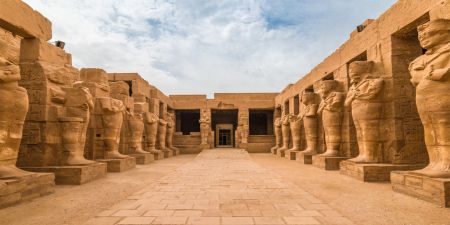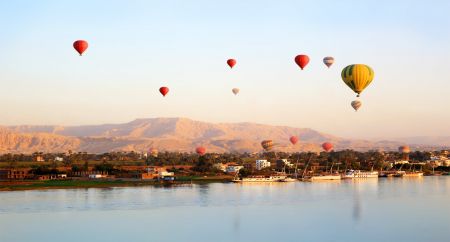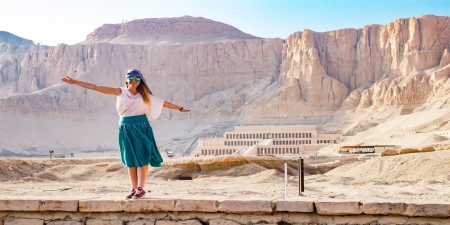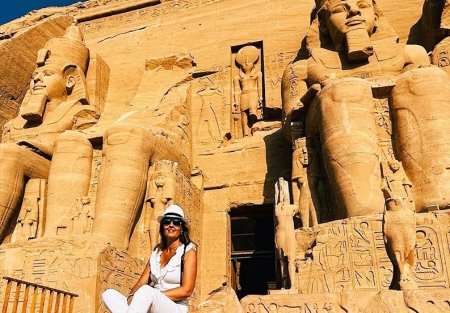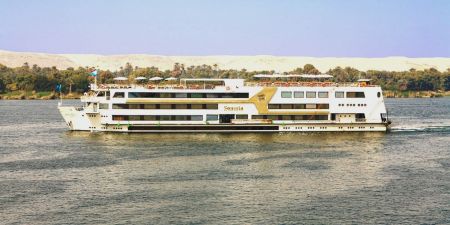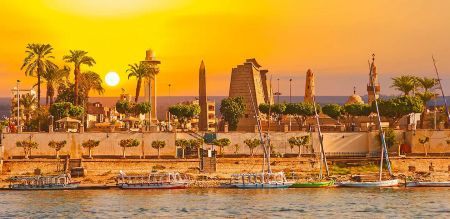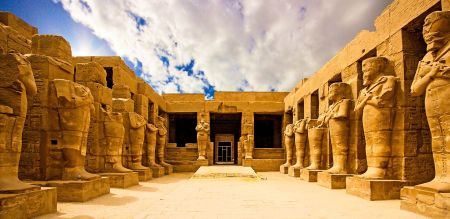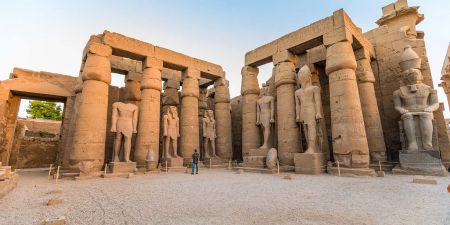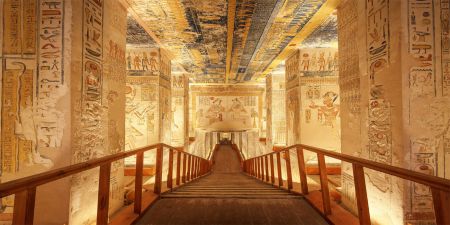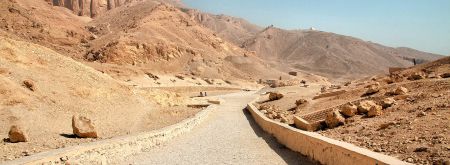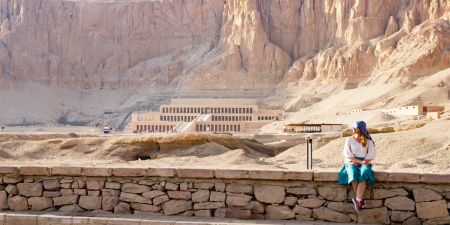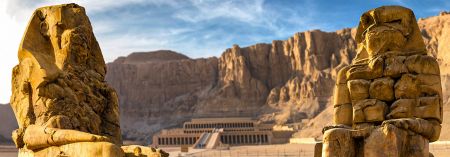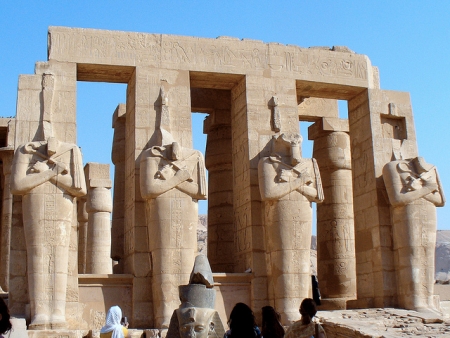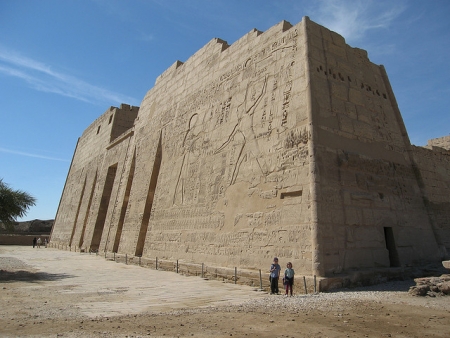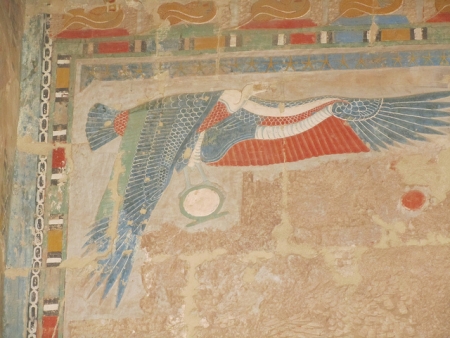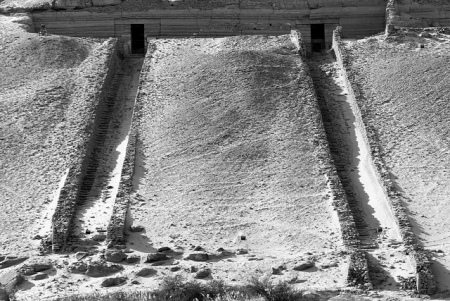Karnak Temple

Luxor is one of Egypt’s most precious inheritances when it comes to Egyptian ancient civilization. With a vast number of incredible ancient monuments, one of Luxor’s great temples is the Karnak Temple.
The Karnak Temple Complex consists of a number of temples, chapels, and other buildings in the form of a village, and is for that reason that the name Karnak was given to this complex as in Arabic Karnak means ‘fortified village’.
When was Karnak Temple built?
The Karnak Temple was built between 2055 BC and around 100 AD. It was built as a cult temple and was dedicated to the gods Amun, Mut, and khonsu. Being the largest building for religious purposes ever to be constructed, the Karnak Temple was known as “most select of places” by ancient Egyptians.
Where is the Temple of Karnak?
The Karnak temple is located in Karnak, Luxor Governorate, south of Egypt on the east side of the Nile River bank.
Customize Your Dream Vacation!
Get in touch with our local experts for an unforgettable journey.
Plan Your Trip
Who were the gods Amun, Mut, and Khonsu?
Amun
Also Known as Amon, Ammon, and Amen, Amun was the Egyptian god of the sun and air. Regarded as one of the most important gods, Amun is the ancient Egyptian civilization during the beginning of the rise of the New Kingdom from 1570 to 1069 BCE.
Mut
Also known as Maut and Mout, Mut was a goddess worshiped by ancient Egyptians. The meaning of her name is ‘mother’ and therefore she was known as the mother goddess. For some, she was known as the mother of everything in the world, and for others, they recognized her as the mother of the moon child god khonsu.
Khonsu
Known as the son of goddess Mut, Khonsu was the ancient Egyptian god of the Moon. The meaning of his name is ‘traveler’.
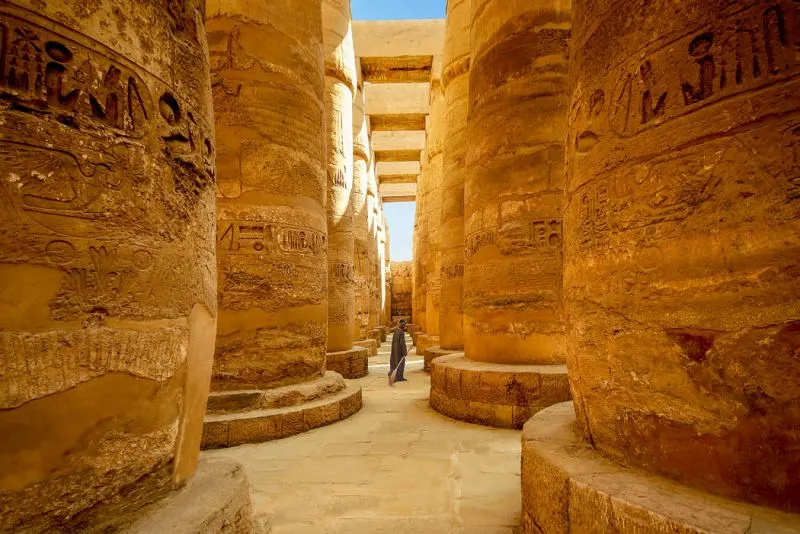
The Importance of the Karnak Temple
During the New Kingdom, the Karnak Temple Complex was the center of the ancient faith while power was concentrated at Thebes (modern-day Luxor) and its significance is reflected in its enormous size.
In addition to its religious significance, it was also served as a treasury, administrative center, and palace for the New Kingdom pharaohs. It is to this day considered as the largest temple complex ever constructed anywhere in the world.
It developed over a period of 1500 years, added to by generation after generation of pharaohs and resulting in a collection of temples, sanctuaries, pylons, and other decorations that is unparalleled throughout Egypt.
While the height of its importance was during the New Kingdom and during the reigns of famous pharaohs such as Hatshepsut, Tuthmose III, Seti I and Ramesses II, all contributed significant additions to the complex, construction continued into the Greco-Roman Period with the Ptolemies, Romans, and early Christians all leaving their mark there.
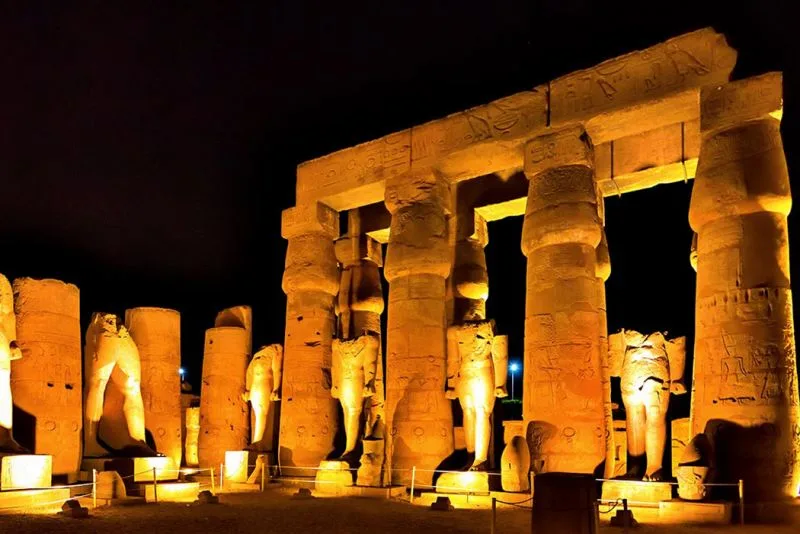
Visiting the Karnak Temple Complex
Karnak is divided into three compounds: the precinct of Amun, the precinct of Mut, and the precinct of Montu; however, for most visitors the largest of these, the precinct of Amun, is enough. It is a complicated layout alone dwarfs every other site that you will visit in Egypt.
The precinct of Amun contains all of the most famous sections of the Karnak complex, including the dizzying Great Hypostyle Hall. This hall of 134 massive columns is one of the most impressive places in all of Egypt. Going into the detailed description of the different elements that make up the complex is a near-endless task that we will leave to a tour guide to explain it while you awe at it.
Instead, we will simply suggest that you allow plenty of time to explore this huge complex and admire the many impressive sights within it. Imagine how awe-inspiring it must have been over 2000 thousand years ago when these huge structures were newly constructed.
Like all of the major sights in Egypt, Karnak has a sound and light show that is offered in several different languages. The show takes place 3 times a night, but you should consult your tour guide or your hotel about the languages of the various showings.
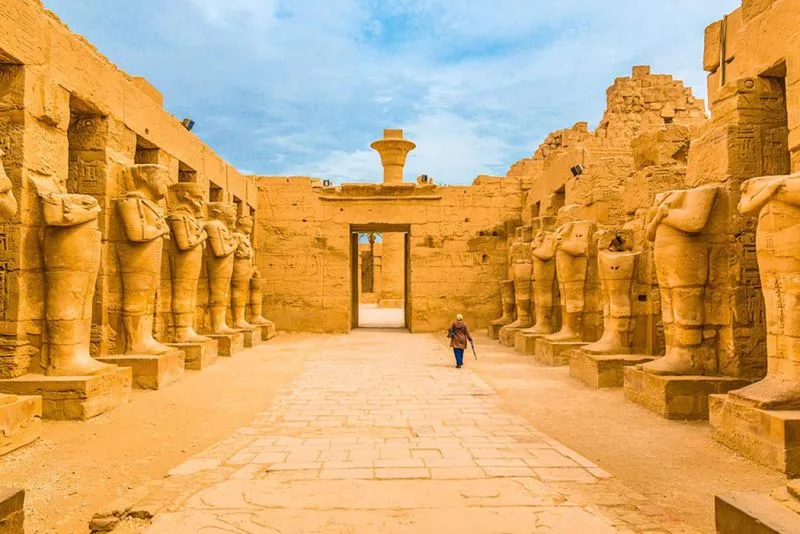
Wadjet Hall
Wadjet Hall was first built by Thutmose I, near the main sanctuary, between the fourth and fifth pylons. The hall measures about 246 feet by 46 feet; it was used for the king’s coronation and heb-sed festival.
The heb-sed festival usually would take place 30 years after a king came to the throne and then every three years afterwards. During this festival, the king would run around a heb-sed court performing feats of strength to demonstrate his ability to continue to rule Egypt.
The Great Hypostyle Hall
Great Hypostyle Hall is perhaps the most fantastic building at Karnak. It was built to the west to the main sanctuary, along the main entranceway. It was constructed by King Seti, a king who ruled from 1290 to 1279 B.C.
The building is about 337 feet by 170 feet. There are 134 columns in total; the largest twelve are 70 feet high and support the central part of the structure. The other 122 columns are about 40 feet tall.
On the outside walls are scenes showing Seti and his successor, Ramesses II, smiting their enemies from Libya, Syria and the Levant. Not long after its construction, the hall became the setting for coronation and heb-sed ceremonies, replacing the Wadjet hall.
Karnak’s Pylons
Starting in the New Kingdom and continuing in the centuries after, Egyptian rulers would gradually create a series of 10 pylons at Karnak. These pylons would function as gateways of sorts; they were connected to each other through a network of walls.
The Pylons were often decorated with scenes depicting the ruler who built them.
At Karnak, the pylons start near the main sanctuary and go in two different directions. One set of six pylons faces west, towards the Nile River and ends in an entrance lined with an avenue of small sphinxes and the other set of four pylons faces south along a processional route used for ceremonies.
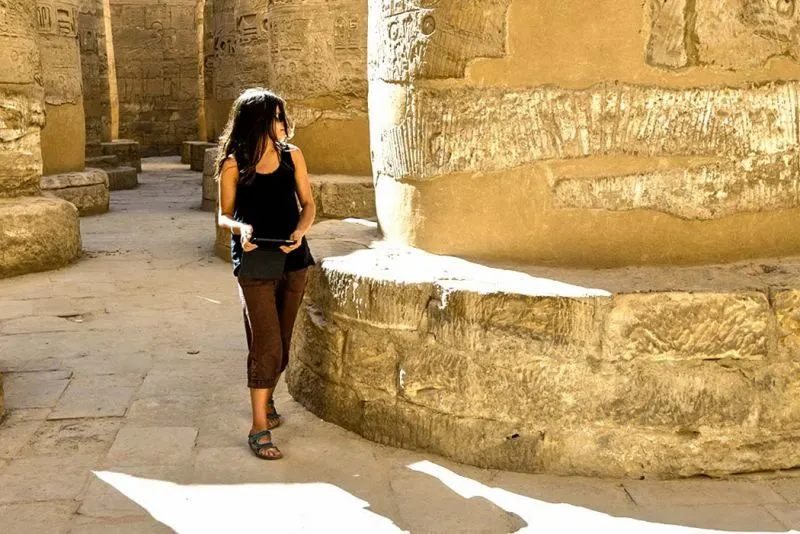
Interesting Facts about the Karnak Temple
● Karnak is an open-air museum. It is considered to be the largest religious building or site in the world.
● The 54,000 square feet Great Hypostyle Hall in the Karnak Temple is large enough to fit the Cathedral of Notre Dame comfortably.
● Over eighty thousand servants and slaves were assigned the task of serving Amon-Ra in Karnak, showing his power and importance at the time, also 5,000 statues were erected in his honor.
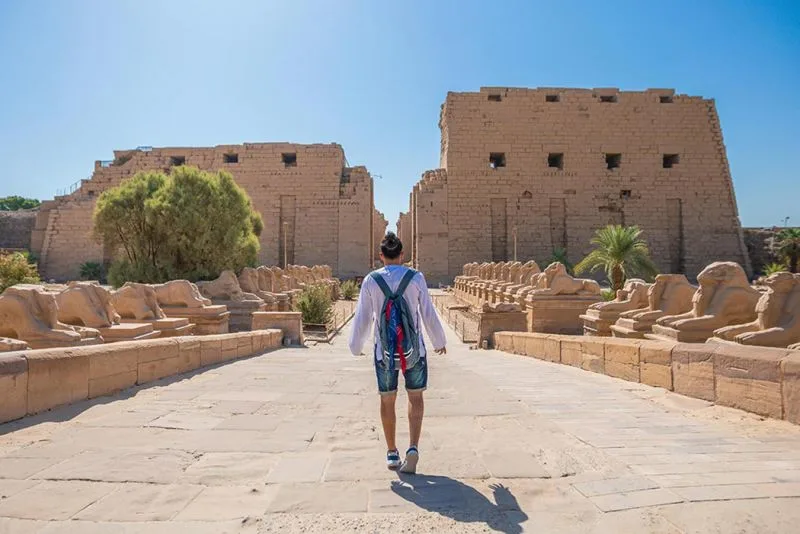
Visit the open city museum of Luxor, Temple of Karnak, through one of our Egypt tours.

